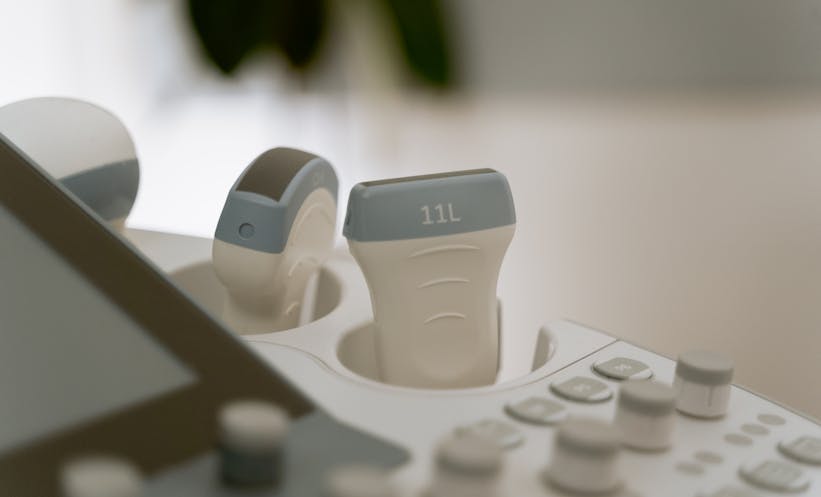A NOVEL deep-learning method utilising endoscopic ultrasound images could significantly enhance the detection of pancreatic neuroendocrine neoplasms (PNEN), according to recent research. The study, carried out by a team from Shandong University in China, has highlighted the potential of a convolutional neural network (CNN) called iEUS to offer diagnostic accuracy comparable to expert endoscopic ultrasound users.
“The iEUS precisely diagnosed pancreatic neuroendocrine neoplasms, and other confusing pancreatic lesions,” the study authors wrote. “It could assist endosonographers in achieving more accessible and accurate endoscopic diagnoses via endoscopic ultrasound.”
While endoscopic ultrasound is a sensitive tool for detecting PNENs, its effectiveness depends heavily on operator skill and the process can be time-consuming. These neoplasms can mimic both normal pancreas tissue and other pancreatic lesions, complicating diagnosis. CNNs, on the other hand, which learn from visual data, have previously been studied in the context of endoscopic ultrasound, but the team noted a gap in research regarding AI assistance specifically for PNEN detection. To address this, they developed iEUS, a CNN-based system capable of identifying PNENs and various other pancreatic lesions through endoscopic ultrasound images.
To train iEUS, researchers used 4,220 images for training and 926 images for validation. They integrated detection, classification, and segmentation features to optimise its diagnostic performance. Two CNN models were created: CNN1, a two-category classification model for detecting neoplasms, and CNN2, a four-category model for diagnosing neuroendocrine neoplasms, pancreatic ductal adenocarcinoma, autoimmune pancreatitis, and cystic neoplasms.
In a study of 573 patients, iEUS demonstrated diagnostic accuracy comparable to intermediate and expert ultrasound users. CNN2 achieved accuracy rates of 86.2% for pancreatic ductal adenocarcinoma, 97% for autoimmune pancreatitis, and 97% for cystic neoplasms. The system also improved the sensitivity of endosonographers across all skill levels.
The study’s authors suggest that iEUS could assist clinicians in making faster and more accurate diagnoses, ultimately benefiting patient outcomes.
Victoria Antoniou, EMJ
Reference
Ni JK et al. A convolutional neural network-based system for identifying neuroendocrine neoplasm and multiple types of lesions in the pancreas via endoscopic ultrasound (with videos). Gastrointest Endosc. 2024;DOI:10.1016/j.gie.2024.10.013.








